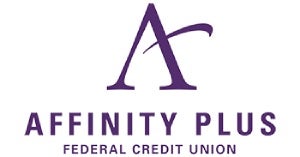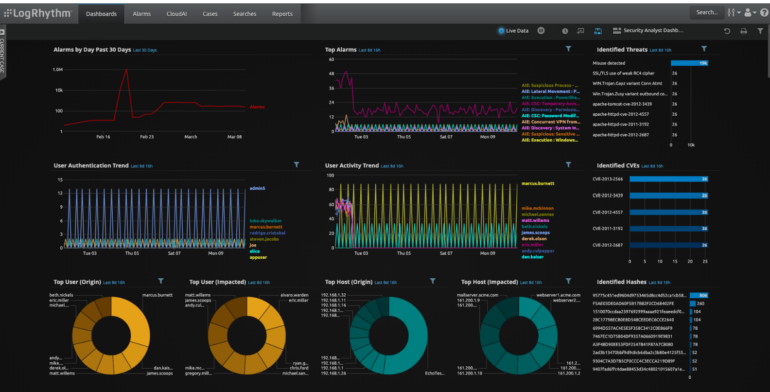7 Best Payroll Software for UK Businesses
UK payroll software reports PAYE information automatically after each payroll, keeps track of changing labour laws, manages employee pension deductions, distributes end-of-year P60s and P45s, and is HMRC-compliant. But, the best payroll software layers on functionality, such as automation, employee self-service, and advanced payroll cadences like managing Construction Industry Scheme (CIS) returns. I’ve researched seven top UK payroll solutions and ranked them from best to worst according to an objective scoring rubric. 1 Paycor Employees per Company Size Micro (0-49), Small (50-249), Medium (250-999), Large (1,000-4,999), Enterprise (5,000+) Micro (0-49 Employees), Small (50-249 Employees), Medium (250-999 Employees) Micro, Small, Medium Features API, Check Printing, Document Management / Sharing, and more 2 Deel Employees per Company Size Micro (0-49), Small (50-249), Medium (250-999), Large (1,000-4,999), Enterprise (5,000+) Any Company Size Any Company Size Features 24/7 Customer Support, API, Document Management / Sharing, and more 3 Velocity Global Employees per Company Size Micro (0-49), Small (50-249), Medium (250-999), Large (1,000-4,999), Enterprise (5,000+) Any Company Size Any Company Size Features Employee Database, Multi-Country Payroll, Onboarding, and more Top payroll software for UK businesses comparison Plans and pricing are up to date as of 17/02/2025.* Pricing excludes VAT.** Starting price is for Xero Grow, the cheapest plan that includes payroll. Sage Payroll: Best overall My rating: 4.25 out of 5 Image: Sage Payroll Sage Payroll is Sage’s starter payroll platform suitable for small and medium-sized businesses (SMBs). You have access to critical payroll features, including automatic Real Time Information (RTI) submissions to the HMRC for each payroll plus pension enrolments. Sage Payroll also includes basic HR features in every plan, like document, leave, and absence management, preventing you from integrating with a third-party human resources information system (HRIS) for this functionality. You can also combine Sage Payroll with other Sage products for additional HR and accounting capabilities. This allows you to manage people and finances in one centralised system for more streamlined processes. Pricing With a score of 4.13 out of 5 for pricing, Sage Payroll rates one of the highest in my roundup due to its transparent pricing, 30-day free trial, and cheapest starting price. It does get more expensive as you progress through its product tiers and gain access to HR features like org charts and scheduling. But if you’re concerned with affordability, I’d look to BrightPay instead for immediate cost savings. Plans:* Payroll Essentials: £10/mo. + 20% VAT Payroll Standard: £20/mo. + 20% VAT Payroll Premium: £30/mo. + 20% VAT * All plans include up to 5 employees. For six employees and more, you’ll need to pay an additional £2, £4, and £6 per month on the Essentials, Standard, or Premium plans, respectively. Note: Sage Payroll is currently running a three-month free promotion for new customers. Check out its website for the latest. Key features Access to HR and payroll support Employee self-service Basic scheduling capabilities in the Premium plan Custom automations for approvals in Standard plan and up Sage Payroll pros and cons Pros Cons Integrates with Sage Accounting and Sage HR HR features in all plans Easy-to-navigate Timesheet limited to Standard plan and up 150-employee cap Too simplistic for businesses with complex payroll cadences Why I chose Sage Payroll Sage Payroll is a great stepping-stone for new businesses that must balance compliant payroll processes with basic HR features to maintain a small workforce. It is the only platform in my lineup to offer both in all its product tiers while maintaining a transparent pricing structure. But one of the best reasons to go with Sage Payroll is its over 40 years of experience with UK companies and its enterprise-level selection of products to fit any business cadence. This means you can stay within the Sage family of products as your business evolves, reducing data migration headaches and new product learning curves. For example, once you exceed Sage Payroll’s 150-employee cap, you can upgrade to Sage 50 and access advanced payroll capabilities, such as departmental views of the organisation. This more granular look at business costs allows you to adapt quickly to financial headwinds and even aid in strategic workforce planning. View of Sage Payroll’s 4-step payroll process. (Source: Sage) Hire and pay people internationally? Check out the 5 Best Global Payroll Services. BrightPay: Best for affordability My rating: 4.03 out of 5 (if applicable) Image: BrightPay BrightPay is Bright’s payroll platform solution that recently released a cloud version of its desktop application. BrightPay is the only solution in my roundup to offer this, making it a more versatile option if you favour a more traditional software experience. Because BrightPay’s cloud application is so new, it still reserves several capabilities for its desktop version, such as some statutory payroll reports, document uploads, and even CIS support. In the case of the latter, Bright allows you to use the desktop version free of charge to facilitate CIS returns, while the others remain on the product’s 2025 roadmap. Interestingly, access to features like employer and employee portals is still only available in BrightPay’s desktop version with the BrightPay Connect add-on that provides automated data backup to the cloud. Pricing BrightPay offers all of its features to its customers in each plan. Its price depends first on whether you want a desktop or cloud version and then on how many employees you have. BrightPay desktop plans Up to 3 employees: £84/year + VAT Up to 10 employees: £149/year + VAT Up to 25 employees: £239/year + VAT Unlimited employees: £339/year + VAT BrightPay cloud example costs* 3 employees: £8.25/mo. + VAT or £84/year + VAT 10 employees: £22.95/mo. + VAT or £235.20/year + VAT 25 employees: £40.95/mo. + VAT or £415.20/year + VAT 50 employees: £68.55/mo. + VAT or £691.20/year + VAT 100 employees: £103.55/mo. + VAT or £1,051.20/year + VAT 250+ employees: Call for a quote. You can also add BrightPay Connect, BrightPay’s automated data cloud backup service, to the desktop version for an additional monthly fee. Plans are based on the number of employees you have, with some example costs
7 Best Payroll Software for UK Businesses Read More »













